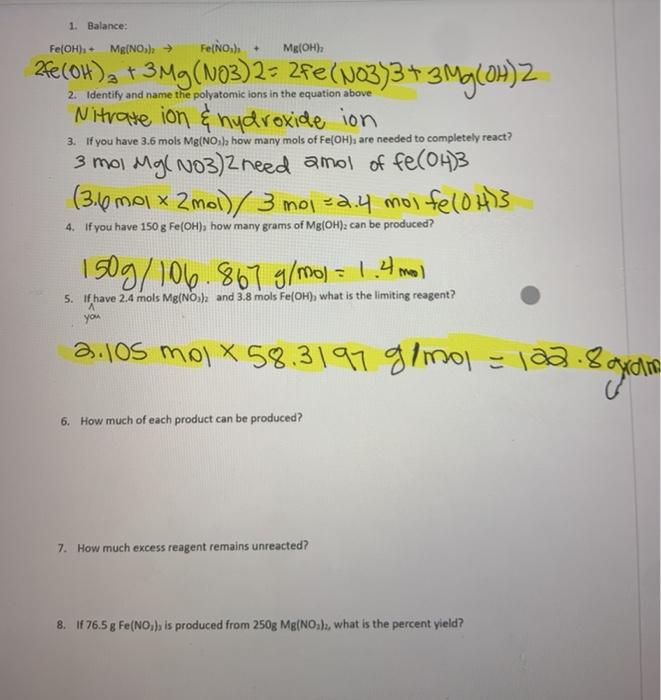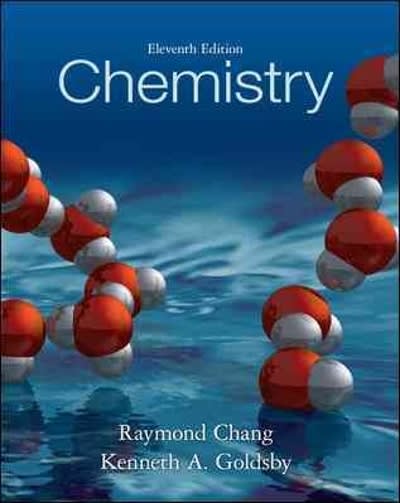Answered step by step
Verified Expert Solution
Question
1 Approved Answer
1. Balance: Fe(OH), Mg(NO) Fe(NO) + Mg(OH) 20(OH)2 + 3Mg(NO3)2= 2Fe(NO3)3+3 Mg(OH)2 Nitrate ion & hydroxide ion 3 mol Mg(NO3)2 need amol of fe(OH)3 (3.6

Step by Step Solution
There are 3 Steps involved in it
Step: 1

Get Instant Access to Expert-Tailored Solutions
See step-by-step solutions with expert insights and AI powered tools for academic success
Step: 2

Step: 3

Ace Your Homework with AI
Get the answers you need in no time with our AI-driven, step-by-step assistance
Get Started


